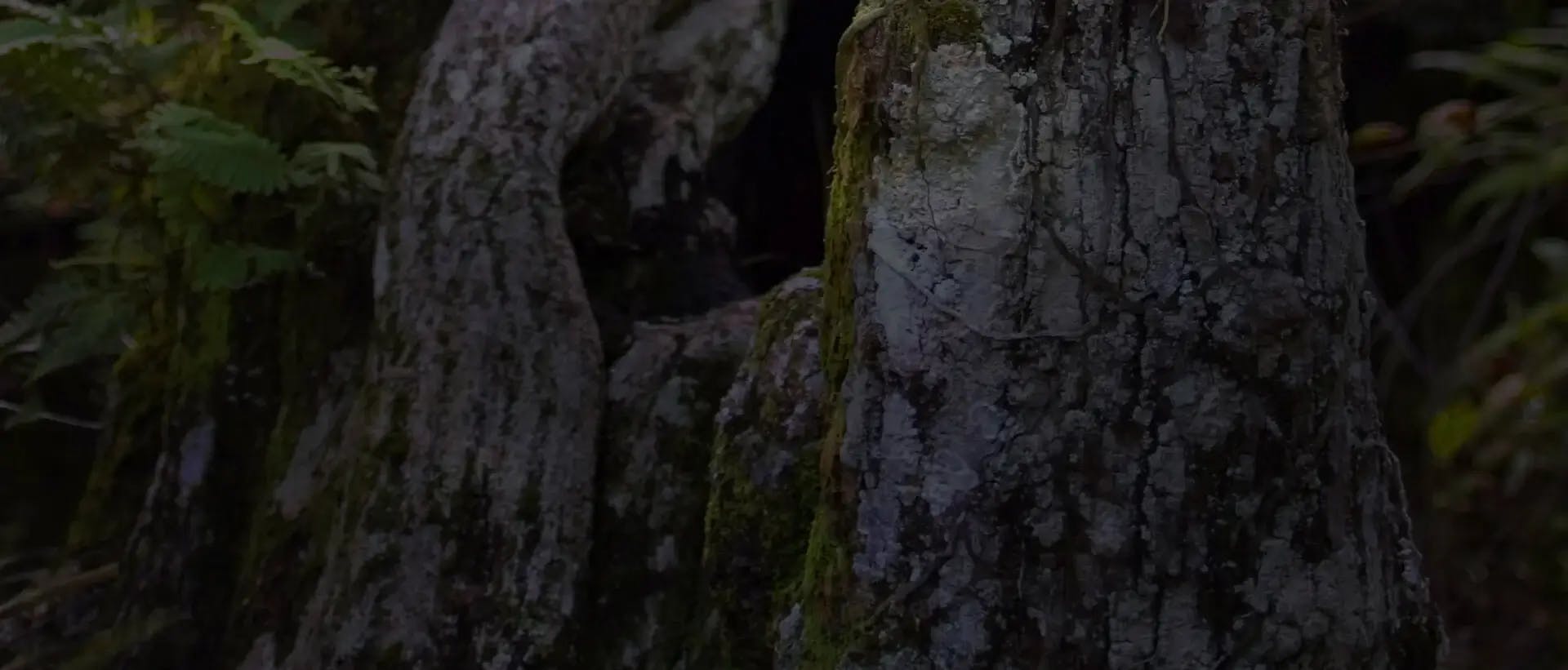Literature
Braem, G. J. 1991. Angraecum popowii Braem, spec. nov. Schlechteriana 4/91:163-166. Nilsson, L. A., L. Jonsson, L. Rason and E. Randrianjohany 1985. Monophily and pollination mechanisms in Angraecum arachnites Schltr. (Orchidaceae) in a guild of long-tongued hawk-moths (Sphingidae) in Madagascar. Biol. J. Linn. Soc. 26:1-19. Bosser, J. 1987. Contribution à l’étude des Orchidaceae de Madagascar et des Mascareignes, XXII. Adansonia 9(3):249-254. Bosser, J. 1988. Contribution à l’étude des Orchidaceae de Madagascar et des Mascareignes, XXIII. Adansonia 10(1):19-24. Bosser, J. 1989. Contribution à l’étude des Orchidaceae de Madagascar et des Mascareignes, XXIV. Adansonia 11(1):29-39. Bosser, J. 1989(1990). Contribution à l’étude des Orchidaceae de Madagascar et des Mascareignes, XXVI. Adansonia 11:369-382. Bosser, J. and P. Morat 1972. Contribution à l’étude des Orchidacees de Madagascar, XVIII. Adansonia 12(1):73-78. van Ede, G. 1984. Angraecum stella-africa. S. Afr. Orchid J. 15(4):134-135. Garay, L. A. 1973. Systematics of the genus Angraecum (Orchidaceae). Kew Bull. 28:495-516. Hermans, J. and P. Cribb 1997. A new species of Angraecum (Orchidaceae) from Madagascar. Orchid Rev. 105(1214):108-111. Hermans, J. and I. la Croix 2001. Angraecum clareae Hermans, la Croix & P. J. Cribb sp. nov. Orchid Rev. 109(1237):43-46. Manning, J. and G. Wright 1982. An Angraecum new to Natal. S. Afr. Orchid J. 13(4):88-89. Morgans, J. F. C. 1976. Is Angraecum eburneum a facultative apomict? S. Afr. Orchid J. 7(3):92-93. Senghas, K. 1997. Vielfalt tropischer und suptropischer Orchideenstandorte und ihre Übertragung in die Kultur, dargestellt am Beispiel der Gattung Angraecum in Madagaskar mit einer neuen Art, Angraecum dollii. Journ. Orchideenfreund 4(1):13-25. Senghas, K. 1997. Vielfalt tropischer und suptropischer Orchideenstandorte und ihre Übertragung in die Kultur, dargestellt am Beispiel der Gattung Angraecum in Madagaskar mit einer neuen Art, Angraecum dollii, Teil II. Journ. Orchideenfreund 4(2):103-106. Stewart, J. 1979. Angraecum sesquipedale var. angustifolium. Fl. Pl. Africa 46:pl. 1836. Toilliez-Genoud, J. and J. Bosser. 1961. Contributions à l’étude des Orchidaceae de Madagascar IV, sur un Angraecum et un Cynorchis nouveaux. Adansonia 1:100-103. Williamson, G. 199##. A new species of Angraecum (Orchidaceae) from South Central Africa. Kew Bull. 51(2):557-559.



















